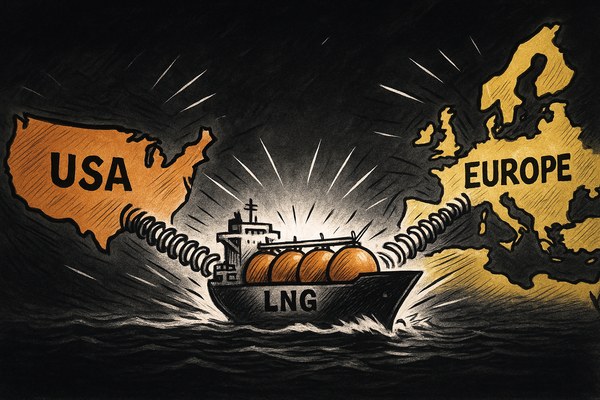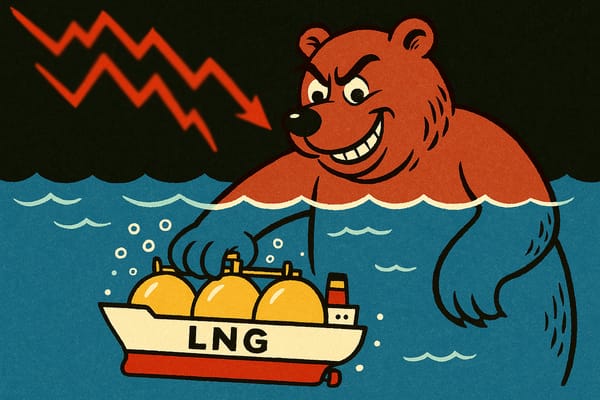Will the world ever have a single unified power grid?
Green Grids Initiative wins backing at COP26 but faces many hurdles

A highly ambitious initiative to roll out a worldwide web of electricity interconnectors to trade solar and wind power across continents and time zones won high-profile backing at COP26 this week. The ‘One Sun One World One Grid’ concept is beguilingly simple, but implementing it promises to be anything but. The initiative is gaining political traction, yet the scope for complications is huge. Energy Flux takes a high-level look.

The Green Grids Initiative (GGI), which has been quietly gathering momentum since 2014, envisages transcontinental trading of “sun, wind and water” energy. The headline ambition is no less than to power the entire world with renewable sources, 24/7/365, and improve energy access along the way.
At COP26 this week, India and the UK pledged “cooperation” and convened a “bilateral coalition” to help make GGI a reality. Countries from Africa, Asia, Europe and the Americas have pledged some degree of support to GGI.
“There is more than enough clean energy to power the world economy, if we build the right grids. A tiny fraction of the world’s deserts, the equivalent of a square 400 km X 400 km (250 miles X 250 miles), covered with solar power stations, could produce all the electricity the world uses today. Wind power has similar potential.” – Green Grids Initiative
Wind and solar fluctuations could be balanced by hydro dams and batteries, but security of supply would require new long-distance grids to connect energy-rich locations with demand centres, GGI’s backers say.
“This trading is already beginning to happen through discrete bilateral and regional arrangements. But to meet the sheer scale of the challenge, these efforts need to be brought together and supplemented to create a more inter-connected global grid. We call this vision: One Sun One World One Grid.” – India-UK declaration
Until recently, GGI was focussed on improving regional connections and energy access. The involvement of India has melded the initiative with the more ambitious One Sun One World One Grid (OSOWOG) concept, which Prime Minister Narendra Modi adopted as a signature cause at COP26.
The conjoined GGI-OSOWOG initiative would require expanded and modernised national and regional ‘smart grids’, complemented with a rapid scale-up of mini-grids and off-grid solar solutions.
OSOWOG could be seen as akin to joining up disparate 20th century transmission and distribution networks into the electrical equivalent of the internet: a globally connected network allowing every household, parking lot and industrial facility to generate and consume power as required.
Since smart grids are at the heart of this web of ‘prosumers’, OSOWOG is essentially proposing deep integration of the internet with a single global power network. Electricity would become synonymous with information.
Where there’s political will…
GGI-OSOWOG is a truly transnational and decentralised initiative, which is exactly the approach needed to tackle rising global emissions. However, since we don’t have a global government, global currency or global regulator, it will be up to individual nations to put in place the legislation, regulation and finance required.
There is a limit to the distance over which electrons can be transmitted before losses render grid infrastructure economically unviable. Each ‘bit’ of a global network would succeed or fail on its own merits. One promoter of GGI-OSOWOG told Energy Flux they are seeking political buy-in to the concept. Details will be tackled later.
There is already much grassroots work underway to improve interconnectedness and electrification around the world. “We aren’t trying to reinvent the wheel,” says Lucy Pearson, programme manager at the Climate Parliament, which helps coordinate GGI. She said:
“We are accelerating and supporting existing efforts and bringing people together who might not have been talking previously. A massive part of that is [fostering] political will to get this done. Much of the last five years have been about convincing ministers and heads of state that this is a good idea.”
The OSOWOG element of GGI is the most challenging to realise. How can legacy systems be connected with neighbours in a way that is fair, without penalising consumers in one region or overly-rewarding others? How do you protect stable electricity markets when connecting them to unstable ones? Pearson was a little coy on these points.
Big ambitions, big hurdles
Any transcontinental supergrid hinges on trading electricity cost effectively over extremely long distances. But electricity has not evolved into a globally traded commodity because it is not easily stored or transported.
The world’s longest transmission line spans 2,539 km in Brazil. The longer the distance, the higher the voltage to mitigate line losses arising from Ohm’s Law. So there are limits.
Transmission and distribution losses are today material, averaging more than 8% of all power generated worldwide, according to the World Bank. Losses are greatest in poorest nations, while advanced economies enjoy the lowest rates of loss.

Power markets vary greatly around the world. Connecting grids with wide variations in power frequency, reliability, losses, pricing/subsidy mechanisms or legacy infrastructure will be tricky.
International power trading is commonplace today, although this tends to be between countries at similar levels of market maturity. Deregulation seems to be a prerequisite. This means breaking up state monopolies and introducing competition in the generation, transmission and supply segments.
Take as an example the Nordic power exchange Nord Pool in 1996. Nord Pool emerged from the deregulation of

Member discussion: Will the world ever have a single unified power grid?
Read what members are saying. Subscribe to join the conversation.





